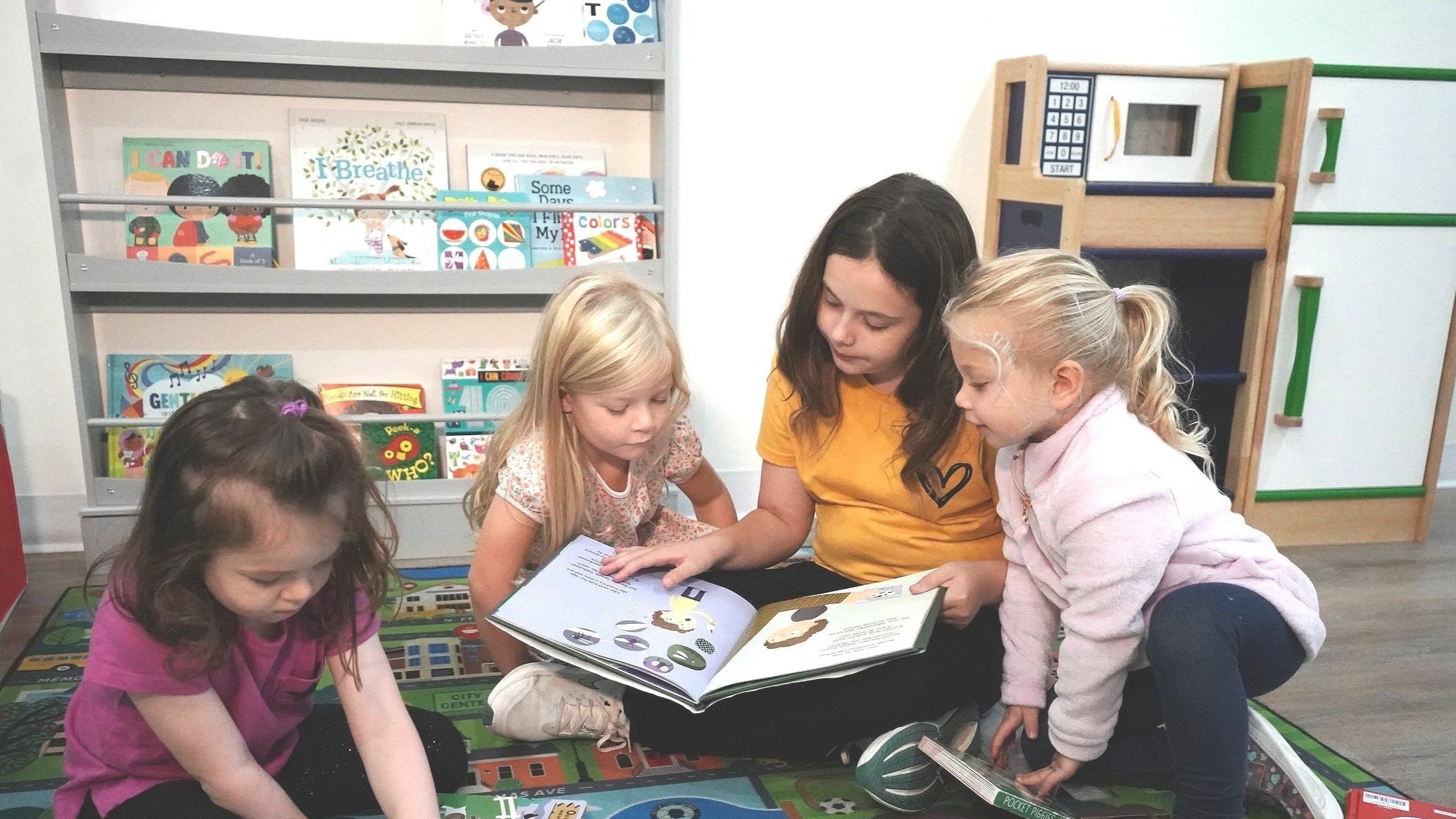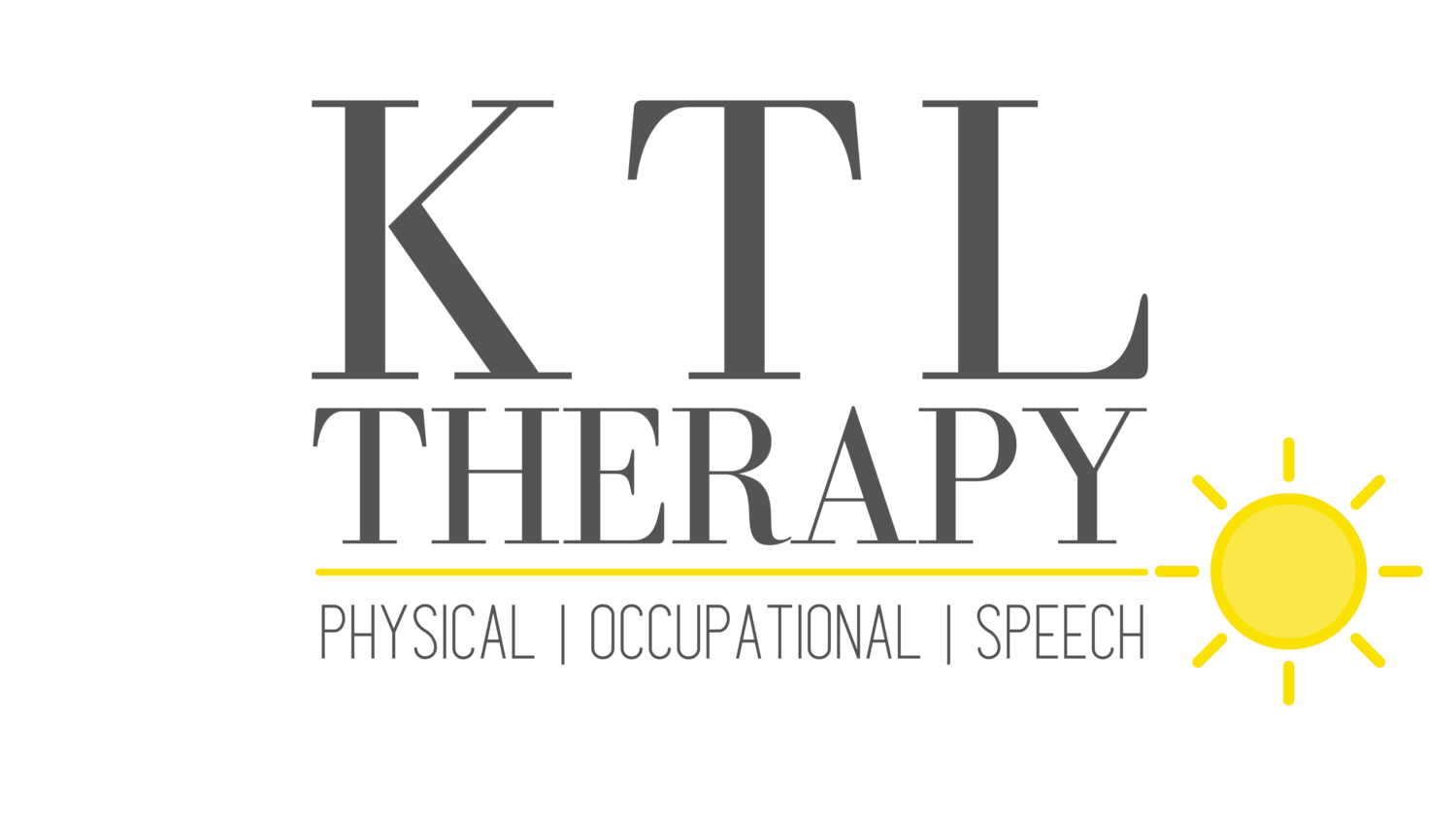
THE KTL BLOG
Our therapists share tips and insights to support you and your child!
October Sensory Activities
KTL’s occupational therapist, Anna DeHondt, shares fun, fall activities to support your little pumpkin’s sensory system.
KTL Tips for Trick-or-Treating 🎃
These are some tips to help you & your little ones get prepared to Trick-or-Treat this Halloween!
Why is Executive Functioning Important?
Executive functions are the foundational building blocks that allow children to be successful in multiple areas of their lives. Strengthening these abilities supports children as they grow and develop.
What is Augmentative and Alternative Communication?
Augmentative and Alternative Communication (AAC) is for early communicators who aren't using their words yet, those communicating with only a few words, or children who are communicating with their bodies and their behaviors instead of speaking.
Enhancing Your Child’s Therapy With Therapeutic Listening
Parents often seek innovative ways to support their child's development and well-being. One powerful tool that can be integrated into your child's therapy is Therapeutic Listening.
Discovering DIR Floortime
DIR stands for Developmental Individual Differences and Relationship. This therapy model acknowledges that every child's development is unique.
Could Your Child Have Dysphagia?
Dysphagia is a broad term used to describe feeding and swallowing disorders during any phase of eating and drinking, beginning at the lips and ending at the esophagus.
What is Co-regulation?
Co-regulation refers to the nurturing and supportive interactions that occur between two people allowing each person to feel safe, secure, and regulated.
What is Occupational Therapy?
Therapists who specialize in occupational therapy (i.e., OTs) help patients to participate in everyday occupations! What is an occupation? Read more to find out!
Preventing Plagiocephaly (aka “Flat Head" Syndrome”)
Plagiocephaly, or “Flat Head Syndrome”, is a common and treatable condition seen in many infants, but it can be alarming when first spotted by parents. Read on to learn more about plagiocephaly and how to prevent it.
Opposite Sides Working Together
Bilateral coordination is the skill needed to use both sides of the body together in an organized way. We take for granted how often we rely on bilateral coordination skills in daily activities and play routines.
Knot-So-Boring: Playful Activities & Quick Tips to Master Shoe Tying with Your Child!
Around the age of 5-7 years old many children begin to develop the skills and coordination necessary to complete shoe tying. As your child begins to practice, here are some fun activities to help!
Is Your Child a Sensory Seeker or Sensory Avoider?
While sensory regulation is a term often used, the meaning is often not clear. This post breaks down what sensory regulation is and how the sensory system works.
Helping Your Child Make the “F” Sound
Children can struggle to make the “f” sound in words and often substitute the “f” sound with the “th” sound. Learn a fun way to help your child work on the “f” sound!
Body Awareness in Early Childhood
Body awareness is the understanding of how our bodies move in space and placement. This spatial awareness of our bodies helps us to relate to objects around us and people in our environment.
Promoting Independence in Toddlers - Activities of Daily Living
Activities of Daily Living (ADL) refers to the ability to complete tasks in order to care for oneself.
Add Sensory Activities to Your Child’s Play
Many ASD therapy programs incorporate sensory play to promote language development, social interaction, motor skills, problem-solving, and more.
Practicing “S” Sounds at Home
Imitation is a great way to teach a new speech sound such as the S. Watch as Kelly & Frankie demonstrate imitation in a speech therapy session.
Identifying Torticollis in Your Infant
Torticollis is a condition in which a baby has tight neck muscles causing an odd position of the head.
Building Language with a Barrier Game
Therapy is most effective as children are fully engaged in play-based tasks. Barrier games offer ample opportunities for a child’s language development while keeping their attention and interest.



















